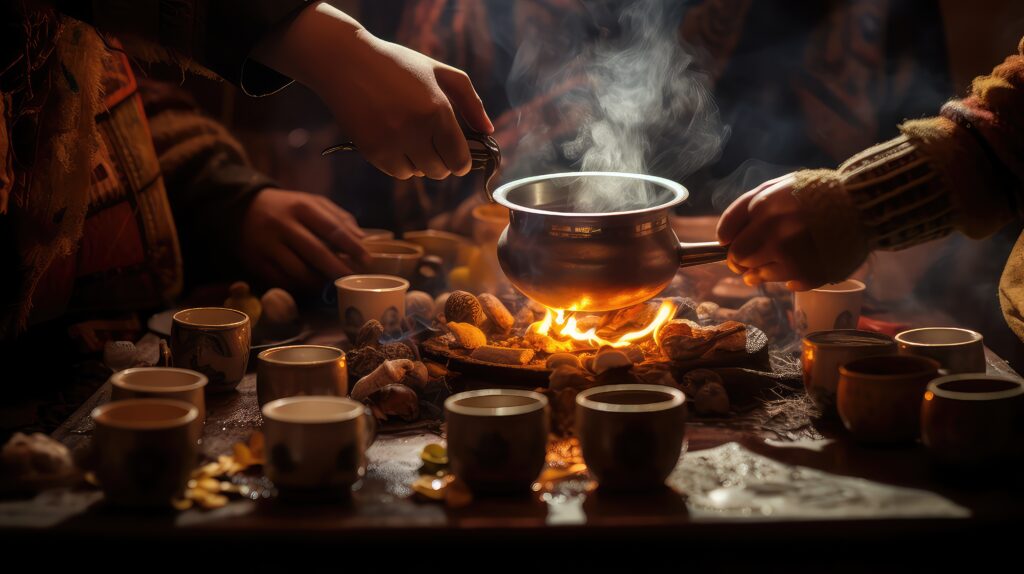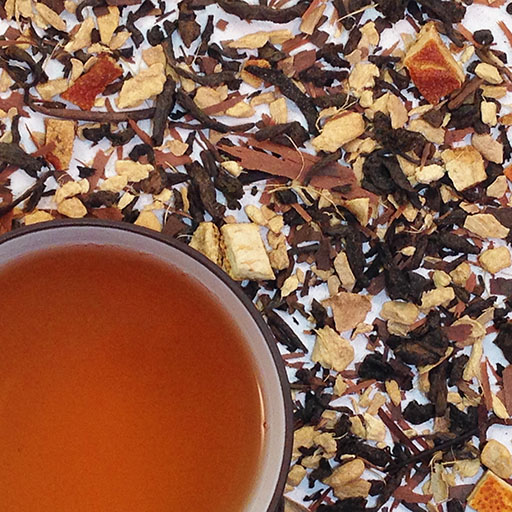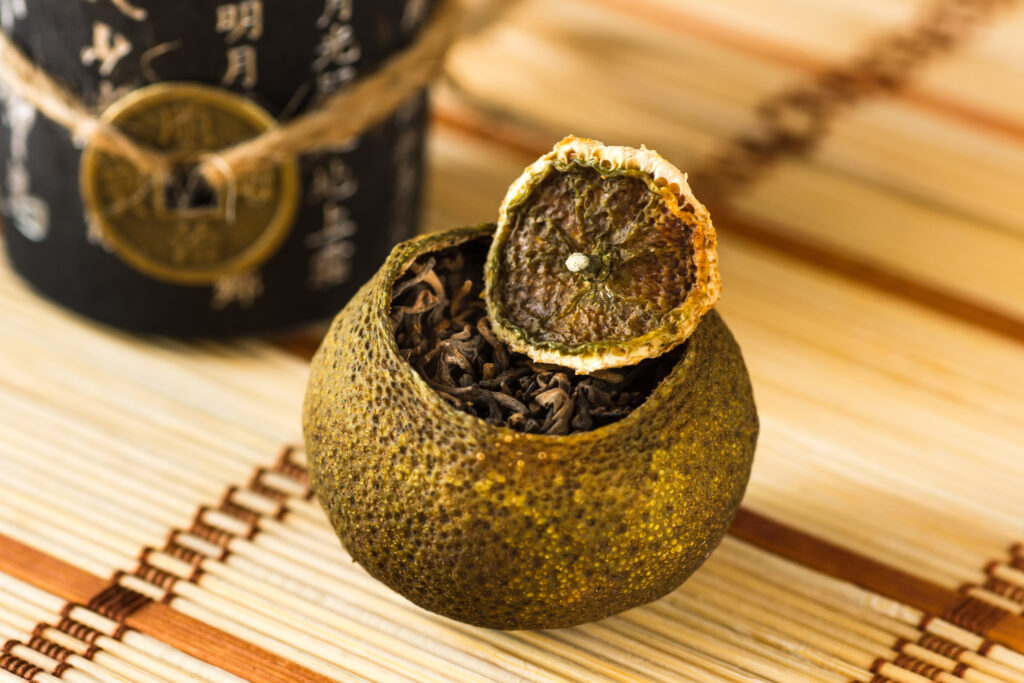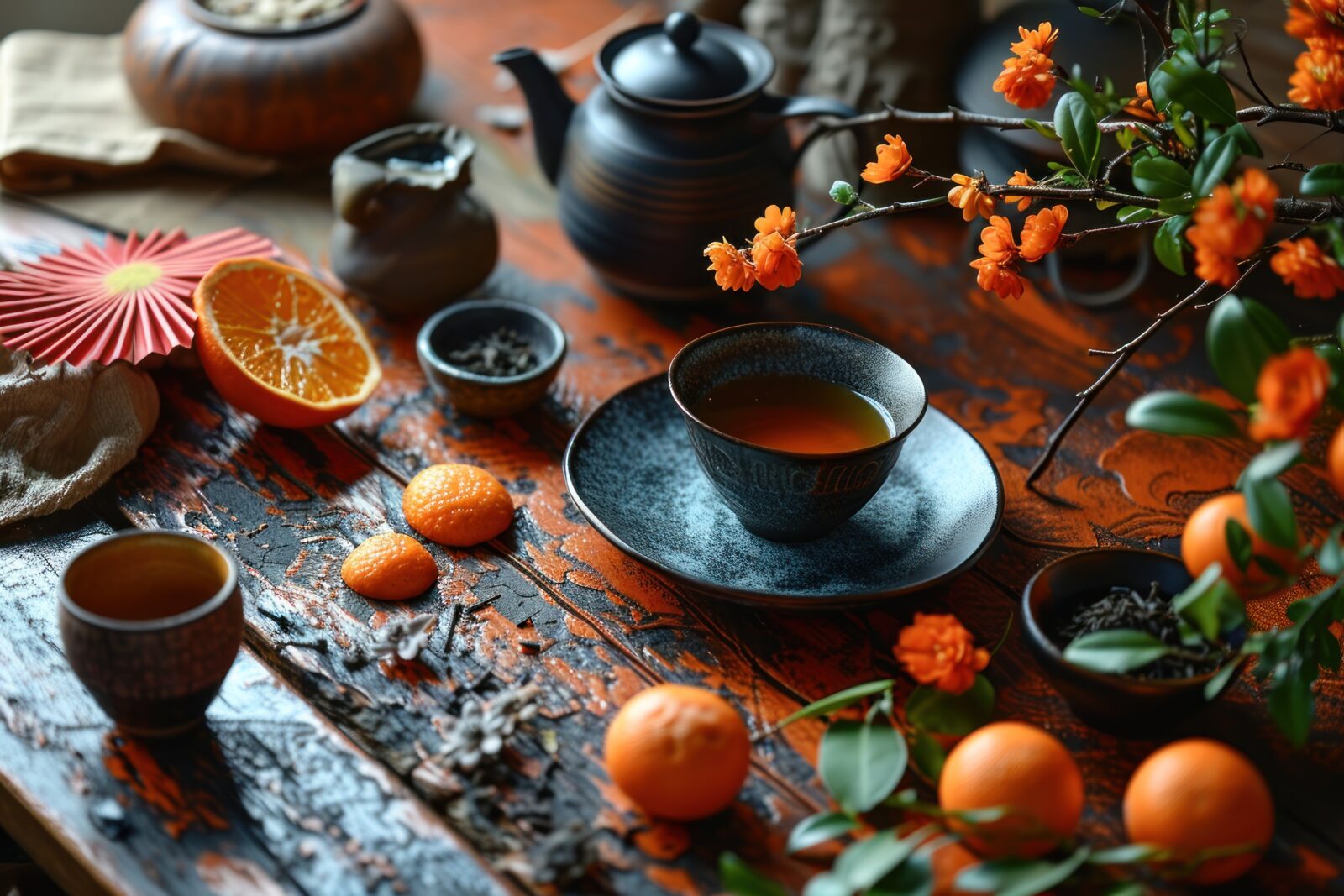Recover from Holidays, and Prep for Chinese New Year, With Vitality Teas
Here we are in the second week of January. We tapped most of our reserves of energy and zip to power through the festive holiday season. And now? The Big Deflation. We desire days of sitting on a couch doing nothing other than maybe a little reading—and sipping tea.
We endorse the do-less ethos that some people embrace after the holidays, and even include in their New Years Resolutions. All of us sometimes get too wrapped up in work, entertaining, child shuttling and the rest of it—especially after the holidays. Carving out time for stepping away from tasks and sinking into rest and serenity stands as a wise pursuit. Our bodies and brains need it.
Why not bolster the recovery and rejuvenation process with jolts of assistance? Specifically, Chinese tea that promotes overall vigor and vitality. Among other things, with Chinese New Year just a month away you’ll need boosts to prep for that 16-day banquet of activity, feasting and celebrations!
With 2024 being the Year of the Dragon, you might want to work to align your spirit with the essence of the dragon. People born during dragon years are noted for energy, power, achieving goals and serving as visionary and passionate leaders. Dragon is one dynamic, forceful zodiac sign! We all could use at least a little dragon in our lives—and certain Chinese teas will help you nurture that inner dragon.
Chinese Teas for Vitality: Tibetan tea

Many Tibetans endure a cold, wind-whipped environment. It’s the highest-elevation country in the world, where the average altitude is 14,000 feet—after all, the country is home to Mt. Everest. While some parts of the country do offer residents more reasonable conditions, much of it is little more than grass, livestock and nomadic people tending to herds. It’s dry, too—a desert.
How do Tibetans enhance their strength and endurance? With tea—specifically a style of fermented tea made from coarse tea leaves and twigs. This beverage is central to Tibetan culture, offering vitamins, nutrients and energy to these hardy people.
An old Tibetan saying: “I’d rather live three days without food than live one day with tea.” They take this tea seriously.
And so do we. This is a cleansing, energizing and warming tea, one we recommend to all Ku Cha customers looking for something new and unique to elevate their stamina and fitness. Among other things, the Tibetans sip the tea to improve liver and kidney functions.
Chinese Teas for Vitality: Organic Ginger Puerh

People across Asia, where the rhizome ginger is native, have been savoring the flavor and health benefits of ginger for hundreds of years. Today, people around the globe enjoy ginger. The hot spice gets used in bakery treats across Europe (hello gingerbread). Supermarkets in every nearly every corner of the world carry ginger ale and beer. Confectionaries craft ginger candies, and consumer packaged goods companies use it in bottled salad dressings.
The rhizome’s winning flavor explains much of its widespread popularity. But it’s also a potent health booster. Digestion, for example, receives a strong helping hand from ginger. And so does vigor. In fact, some people consume ginger for mental and physical jolts—minus the caffeine or other stimulant.
Ginger tea represents another broad category of ginger products. We carry a range of ginger teas, which we often sip to give ourselves subtle yet effective lifts.
Our Organic Ginger Puerh leans into ginger, of course. But it also includes puerh, the fermented style of Chinese tea that people sip and treasure for its health benefits, as well as its flavor advantages. And then we incorporate lapacho into this tea. Lapacho is made from the inner bark of the pau d’arco tree in South America, where people brew it into tea. Records show that Incas have been using it for more than 1,000 years. Lapacho’s long legacy of consumption revolves around health benefits, including optimizing immune function and reducing inflammation.
Chinese Teas for Vitality: Tangerine Black Ball

People across China consume dried Mandarin orange peels, called chenpi, for health reasons. The practice originated during the Song Dynasty (960-1279), and production of chenpi remains centered in Xinhui, an urban district in the dynamic coastal province of Guangdong in southern China.
While shopkeepers stock the dried peels on their own, an especially popular preparation involves the drying of whole orbs of citrus peel where the inner parts—the juicy sections that we eat—have been removed. In their place, artisans stuff the fermented tea puerh into the hollow, dark orbs of citrus peel.
To brew, people combine bits of dried citrus peel with the aged puerh stored inside the org. The flavor is magnificent—earthy puerh lightly kissed with citrus notes. But the tea gets celebrated even more for health benefits—among other things, people take it to suppress coughs, reduce chest inflammation and soothe stomach discomfort.
The puerh in our Tangerine Black Balls has been aging since 2016. It tastes wonderful. And it will infuse you with vitality, aiding in post-holiday recovery and getting you ready for the Year of the Dragon!

